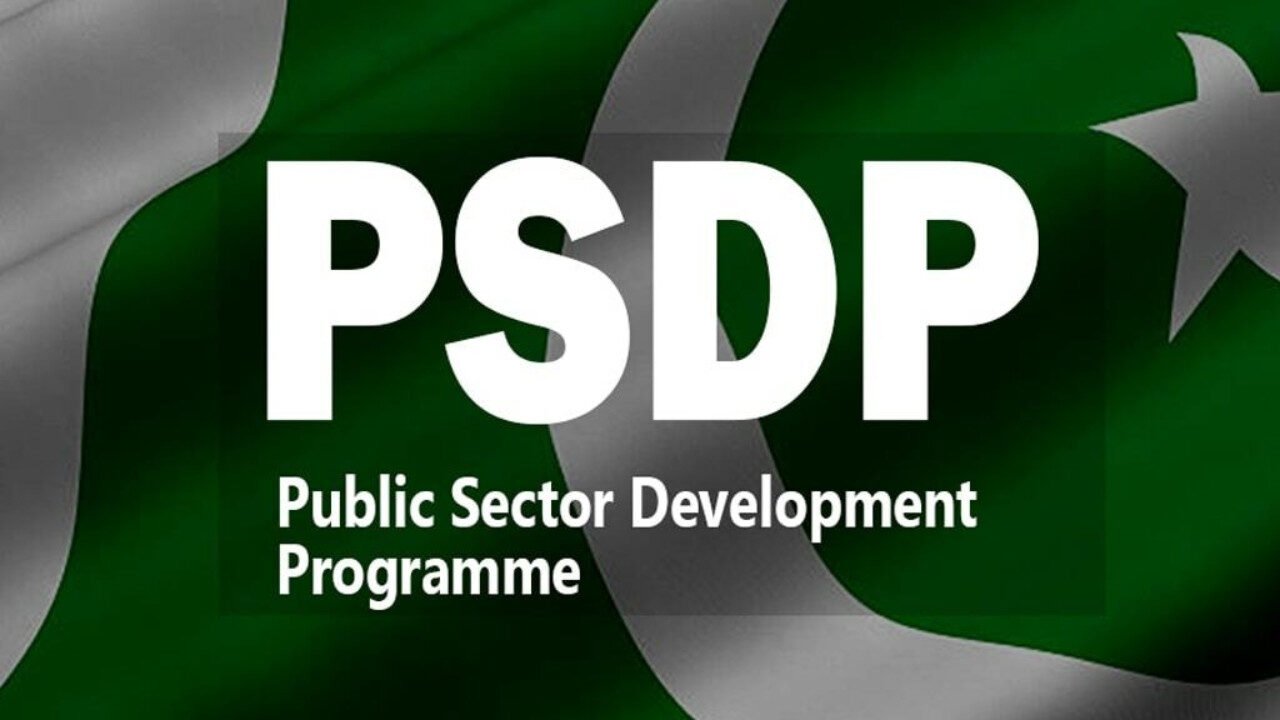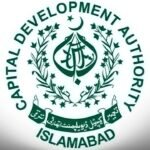By Ayesha Saba
When government spending rises despite tight budgets, it usually raises eyebrows — but in Pakistan’s case, it’s being seen as a cautious step toward recovery.
During the first quarter of FY2025-26, the federal government spent Rs40.3 billion under the Public Sector Development Program (PSDP), a 16% increase from last year’s Rs34.8 billion.
Pakistan PSDP Spending 2025 Shows Early Growth Trend
According to the October development update from the Ministry of Planning, Development and Special Initiatives, Rs17.3 billion was spent on infrastructure projects by the end of September 2025. Within this category, the transport and communication sector received Rs2.6 billion.
The energy sector saw spending of Rs1.5 billion, while physical planning and housing consumed Rs2.4 billion — both far below their hefty allocations of Rs122 billion and Rs102.4 billion, respectively. However, the water sector made the biggest splash with Rs10.8 billion in expenditures against its Rs102.4 billion allocation.
Government Prioritizes Education and Social Development
The social sector was given Rs167.1 billion — around 17% of the total PSDP budget. Out of this, Rs58.5 billion went toward education, including funds for the Higher Education Commission (HEC), which spent Rs4.4 billion so far.
The health and nutrition sector, however, saw only Rs0.1 billion spent from its Rs16.8 billion allocation. Under the “Others” category, Rs21.7 billion was set aside, with Rs0.9 billion used so far.
Digital Push: IT and Science Take Center Stage
With an allocation of Rs37.6 billion, the Science and IT sector is central to the government’s push for digital progress and applied research. The sector spent Rs1.1 billion in the first quarter — a modest start that still points to growing investment in Pakistan’s technology ecosystem.
Agriculture and Industry Struggle to Catch Up
The industries and production sector received Rs7.9 billion in funding, with Rs5.1 billion going to food and agriculture and Rs2.9 billion for industrial growth. Actual spending, however, was limited — Rs0.3 billion for agriculture and Rs0.1 billion for industries by the end of September.
Meanwhile, the governance sector — aimed at improving transparency, institutional performance, and investor confidence — was allocated Rs11.2 billion. Only Rs0.5 billion of that has been used so far.
Foreign Aid and Fiscal Discipline in Development Spending
The report also highlights that foreign-assisted projects continue to play a key role in development spending. This year, 86 such projects received a combined allocation of Rs229 billion — about 23% of the total PSDP.
By September 30, 2025, ministries and divisions had spent Rs3.3 billion in foreign aid disbursements. These transactions were carried out under revised accounting procedures to ensure accountability and transparency.
A Cautious Path Toward Fiscal Growth
The first-quarter report paints a picture of cautious optimism — a government trying to keep the wheels of progress turning while maintaining fiscal control.
From education to IT and infrastructure, the early months of FY2025-26 show Pakistan’s steady move toward growth, modernization, and better governance — even as it keeps a close watch on how every rupee is spent.
Author Profile
-
Ayesha Saba is an economic journalist advocating for Pakistan's shift from unstable farming to high-value sectors.
Her sharp analysis of the central bank's report spotlights tourism and technology as vital engines for job creation and resilience, urging urgent policy pivots toward a **diverse and sustainable future.





